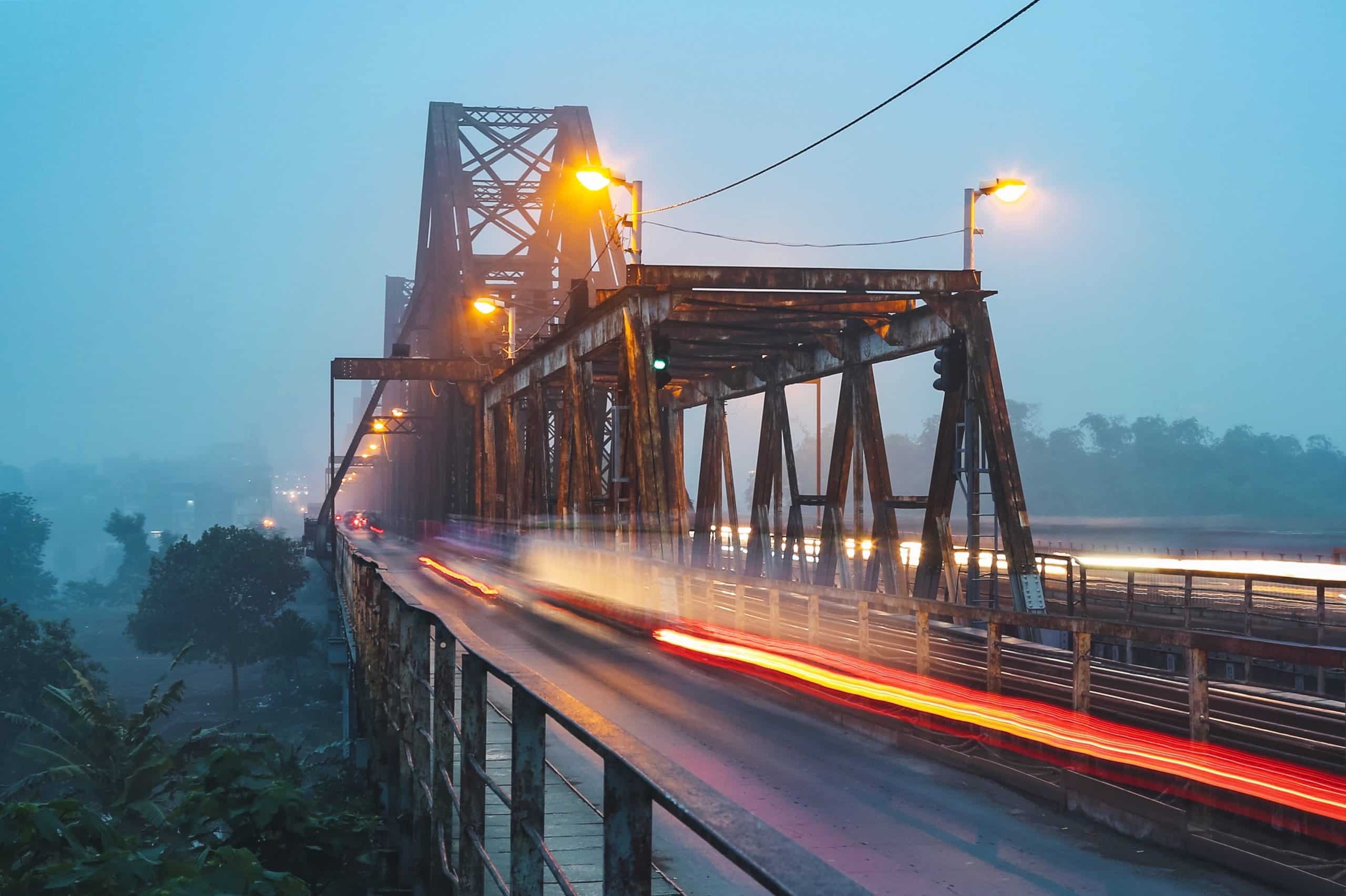How to Enhance Tenant Well-being with Biophilic Design in Rental Properties?

As landlords and property managers, sustainability and tenant well-being should always be at the forefront of your minds. One of the most innovative and effective ways to achieve both is through the integration of biophilic design in your rental properties. This design approach, which draws on elements from nature, can significantly enhance the quality of life for your tenants, while simultaneously promoting sustainability and benefiting the environment. In this comprehensive guide, we delve into the concept of biophilic design, its benefits, and how you can seamlessly incorporate it into your rental properties.
What is Biophilic Design?
Biophilic design is an innovative approach to building design that seeks to connect people more closely with nature. The term ‘biophilia’ was coined by the American psychologist Edward O. Wilson in the 1980s, and it refers to the innate human attraction to nature and natural systems.
A voir aussi : How to Navigate Leasehold Reform for UK Real Estate Investors?
Biophilic design is more than just adding a few plants around your property. It’s about creating a complete environment that integrates the physical and psychological needs of people by including elements of the natural world into the design. This can be achieved by incorporating natural materials, like wood and stone, maximizing natural light, and incorporating plants and green spaces into your properties.
The Benefits of Biophilic Design in Rental Properties
So, why should you consider incorporating biophilic design in your rental properties? The answer lies in the numerous benefits it can offer to both the tenants and the landlords.
Lire également : What Are the Tax Benefits of Furnished Holiday Lettings in the UK?
For tenants, biophilic design can significantly improve their health and well-being. Numerous studies have shown that exposure to nature can reduce stress, improve mood, boost productivity, and even improve physical health by reducing blood pressure and heart rate. By incorporating biophilic design elements into your properties, you can provide these benefits to your tenants.
For landlords and property managers, biophilic design can also have commercial benefits. Properties with green design elements tend to have higher rental and sale values. Furthermore, they are more attractive to potential tenants, which can help to reduce vacancy rates.
Incorporating Biophilic Design Elements into Your Properties
So, how can you begin to incorporate biophilic design into your rental properties? Here are some practical ways to start.
First, consider the use of natural materials. Wood, stone, and other natural materials can bring a sense of nature indoors, and they are also typically more sustainable than synthetic materials. This not only benefits the environment but also creates a healthier and more pleasant indoor environment for your tenants.
Second, try to maximize the amount of natural light in your properties. Natural light is not only more appealing than artificial light, but it’s also healthier and can improve mood and productivity. Consider installing larger windows or skylights, and take advantage of natural light whenever possible.
Third, incorporate plants and green spaces into your properties. This can be as simple as adding a few potted plants, or as complex as developing a rooftop garden or courtyard. Green spaces not only add visual appeal, but they also help to purify the air and can provide a calming effect.
The Role of Biophilic Design in Sustainable Real Estate
Biophilic design doesn’t just benefit the people who inhabit the spaces, but it also plays a significant role in sustainable real estate. The use of natural materials, greater reliance on natural light, and the inclusion of plants and green spaces can all contribute to a reduction in energy consumption, making your properties more sustainable.
Additionally, by investing in biophilic design, you’re also investing in the local ecosystem. The use of local plants and materials supports local industries and biodiversity, and the creation of green spaces can provide habitat for local wildlife.
In a world increasingly concerned with environmental issues, investing in sustainable properties is not just a smart business move, but it’s also a responsible one. By incorporating biophilic design into your rental properties, you’re demonstrating a commitment to the environment and to the health and well-being of your tenants.
Biophilic design is a powerful tool for enhancing tenant well-being and promoting sustainability in rental properties. By understanding its principles and benefits, and by thinking creatively about how to incorporate natural elements into your properties, you can provide a healthier and more appealing environment for your tenants and set your properties apart in a competitive rental market.
Additional Features of Biophilic Design in Rental Properties
Introducing biophilic design into your properties doesn’t stop at using natural materials, maximizing natural light and incorporating green spaces. There are other features that can further enhance the sense of connection with nature and improve tenant well-being.
Water features are one such element. The sound of running water is known to have a calming effect, reducing stress and promoting relaxation. This can be achieved through indoor fountains, aquariums, or even the strategic placement of properties near natural water bodies. Water features not only provide therapeutic benefits but also act as a visual delight, enhancing the aesthetic appeal of your properties.
Air quality is another crucial aspect of biophilic design. The inclusion of plants already contributes to improving indoor air quality by absorbing toxins and producing oxygen. However, you can enhance this further by ensuring good ventilation, using non-toxic building materials and considering integrated air purification systems.
The built environment itself can also be designed to mimic natural shapes and forms – a principle known as biomimicry. This can be as straightforward as choosing furniture with organic shapes or as intricate as shaping the architecture of the building to resemble natural forms.
Finally, bringing in elements of the local ecosystem can further enhance the biophilic experience. This can be achieved by using native plants, reflecting local landscapes in interior design, and even incorporating wildlife habitats into your building design.
Conclusion: The Future of Rental Properties Lies in Biophilic Design
As we move further into the 21st century, the demand for rental properties that prioritize tenant well-being and sustainability is only set to grow. Biophilic design, with its focus on incorporating natural elements into the built environment, is perfectly poised to meet this demand.
Investing in biophilic design is not just about improving the visual appeal of your properties. It’s about creating spaces that enhance the health and well-being of your tenants, that support the local ecosystem, and that contribute to the broader sustainability goals of our society.
Biophilic design is not a passing trend, but a fundamental shift in the way we approach building design. As landlords and property managers, it offers you a unique opportunity to differentiate your properties, attract and retain tenants, and contribute positively to our planet and its inhabitants.
So, as you look to the future, remember the principles of biophilic design and consider how you can incorporate these into your properties. Your tenants, your bottom line, and the environment will thank you.
